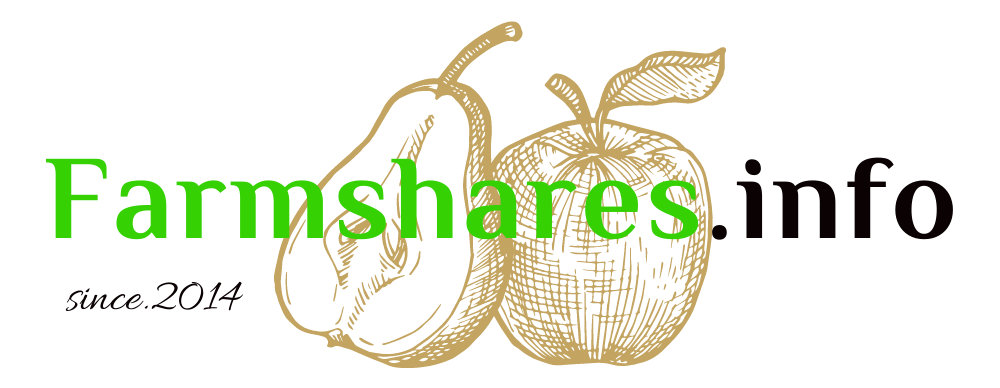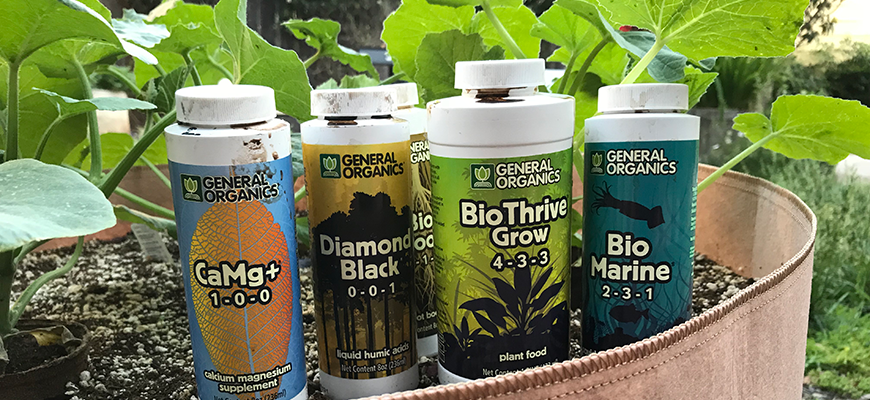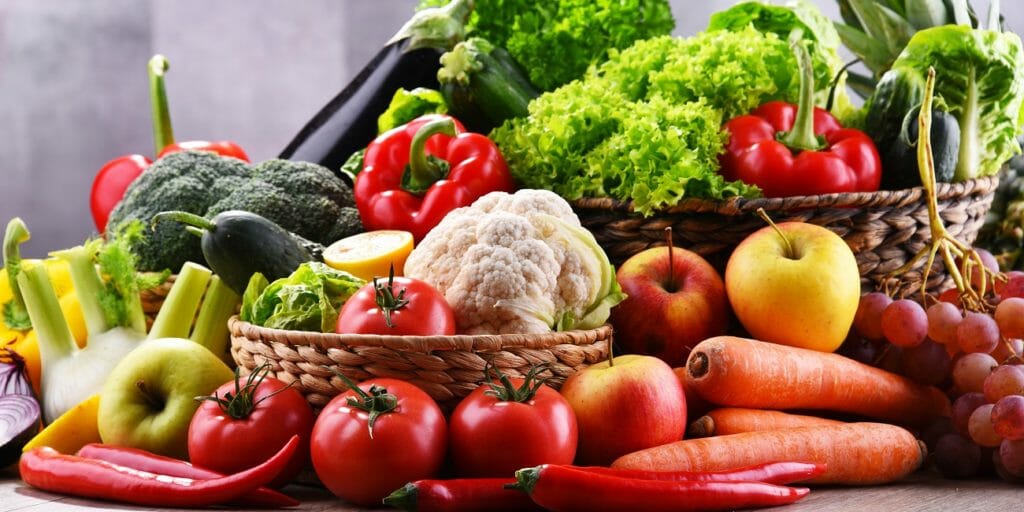
Welcome to the ultimate guide to hydroponic plants, your complete list for indoor gardening! In a world where space is limited and access to fresh produce is becoming more challenging, hydroponics offers a revolutionary solution. Whether you’re a seasoned gardener looking to expand your skills or a newbie eager to embark on a green journey, this comprehensive guide will equip you with everything you need to know about growing plants without soil. From understanding the basics of hydroponics to setting up your own indoor garden, we’ll walk you through each step, ensuring your success every step of the way. Discover the benefits of hydroponics, explore different systems and techniques, and learn about the best plants to grow in this innovative and sustainable way. Get ready to experience the joy of harvesting your own fresh, nutrient-rich produce, all year round, right from the comfort of your home. Let’s dive in and unlock the secrets of hydroponic gardening together!
Advantages of Hydroponic Gardening
Hydroponic gardening offers a multitude of advantages that make it an attractive option for indoor gardening enthusiasts. First and foremost, hydroponics allows you to grow plants in a controlled environment, free from the limitations of soil quality and traditional gardening constraints. This means you can grow plants in any season, regardless of weather conditions. Additionally, hydroponic gardening requires less water compared to traditional soil-based gardening, making it a more sustainable option. Furthermore, by eliminating the need for soil, hydroponic systems reduce the risk of pests and diseases, resulting in healthier plants. The controlled environment also enables faster growth and higher yields, allowing you to enjoy the fruits of your labor in a shorter amount of time. With these advantages in mind, it’s no wonder that hydroponic gardening is gaining popularity among both novice and experienced gardeners alike.
Hydroponic Plants List
Hydroponics is a great method for growing plants indoors because it allows you to control the environment and provides optimal conditions for growth. Here’s an ultimate list of hydroponic plants that you can consider for your indoor gardening:
Vegetables:
- Lettuce: Lettuce is one of the easiest hydroponic crops to grow. It grows rapidly and requires little space.

- Spinach: Another leafy green, spinach thrives in hydroponic systems. It has high nutritional value and grows quickly.
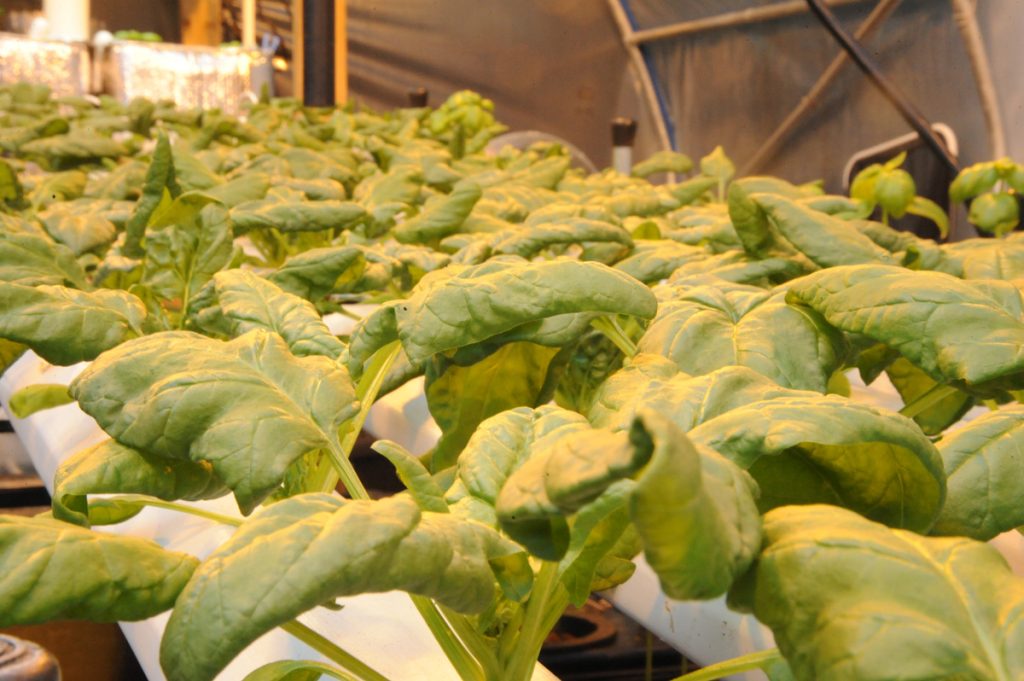
- Kale: This superfood can be grown hydroponically with the right light and temperature conditions.

- Cucumbers: These thrive in a more large-scale hydroponic system because of their need for space.
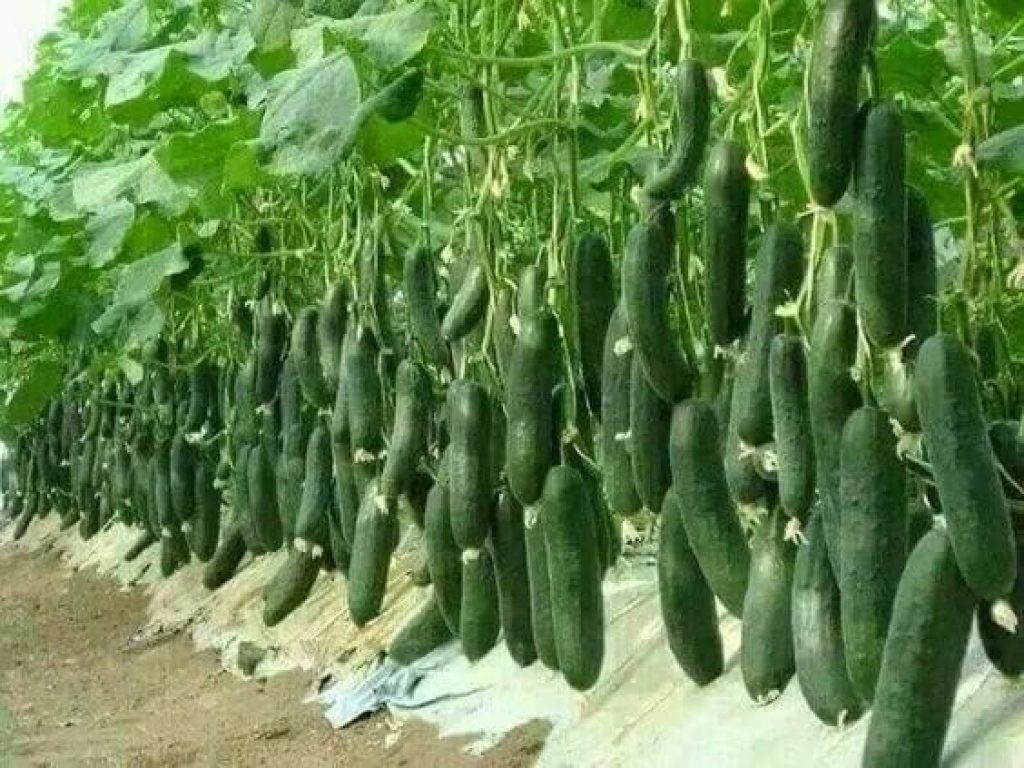
- Tomatoes: Tomatoes can flourish in a hydroponic environment, but they do require a higher level of maintenance, including trellising and pruning.
Learn more about: The Ultimate Guide to Hydroponic Tomato Growing: Tips, Tricks, and Techniques
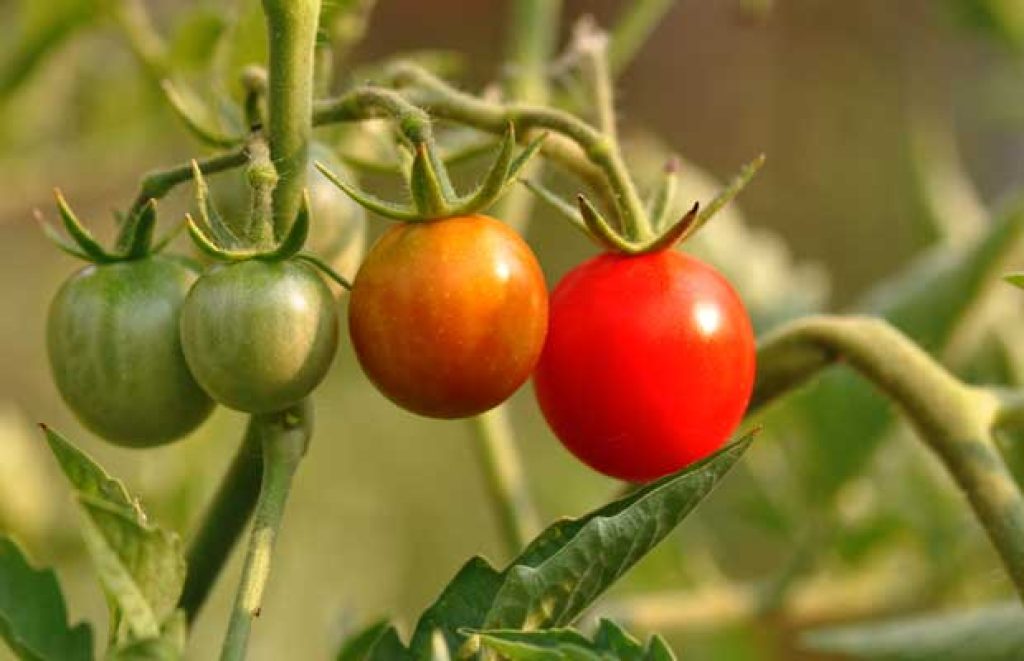
- Peppers: Like tomatoes, peppers require a bit more care and maintenance, but they can produce a high yield in a hydroponic system.
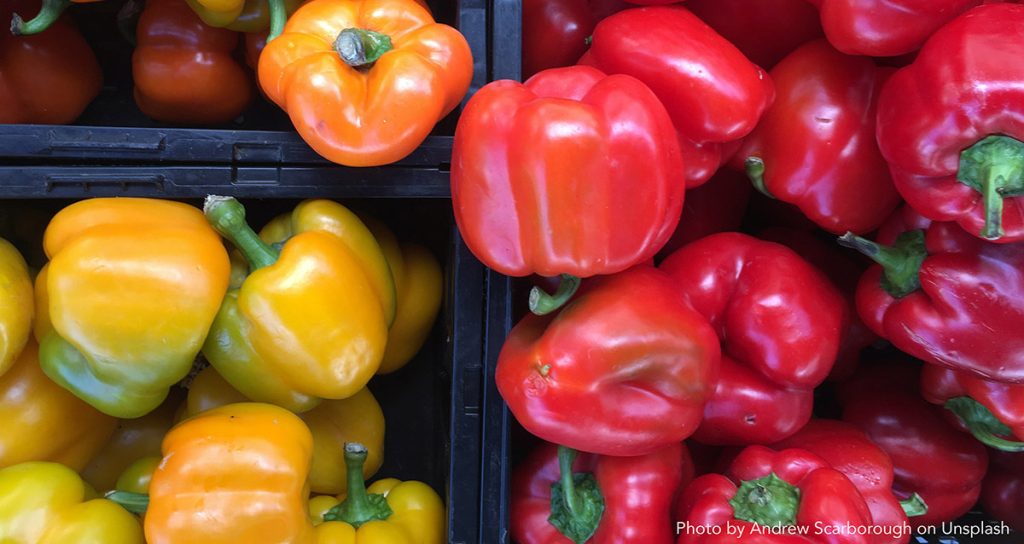
- Zucchini: Zucchinis need a good amount of space and light, but can yield a significant harvest when grown hydroponically.
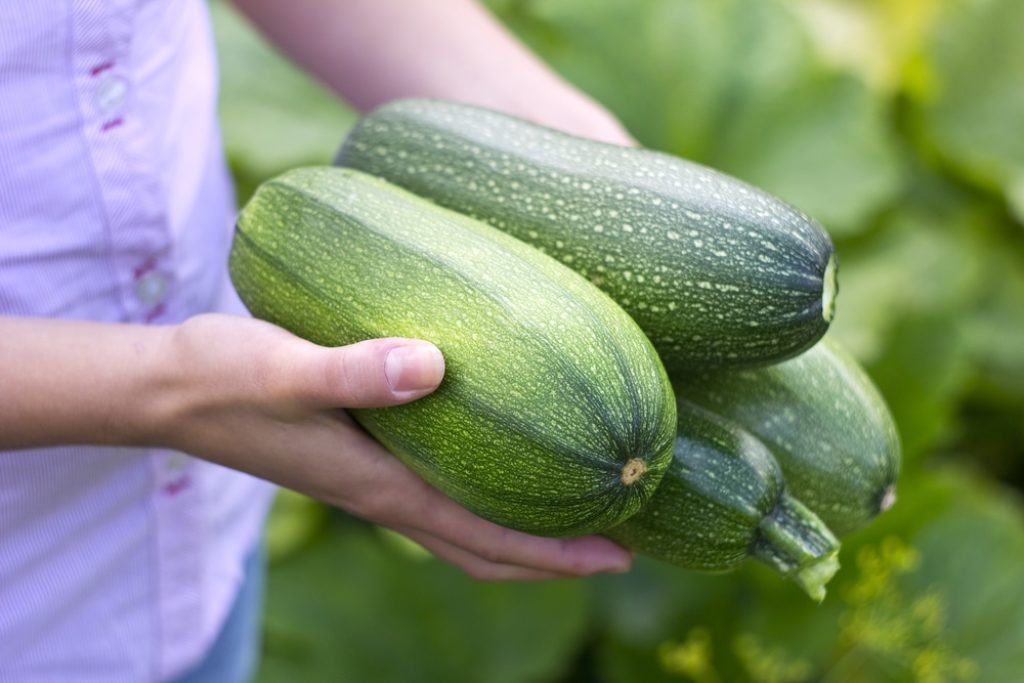
- Radishes: Radishes are another vegetable that can be successfully grown in a hydroponic setup. They grow quickly and require minimal care.
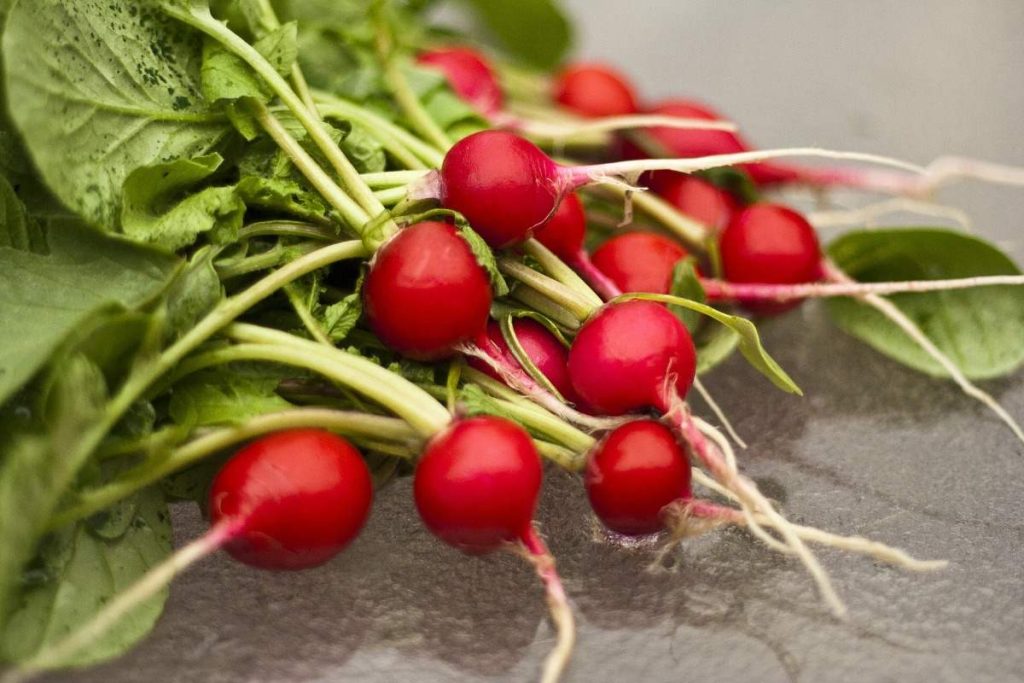
- Broccoli: While it requires a fair amount of nutrients, broccoli can be successfully grown in a hydroponic system.
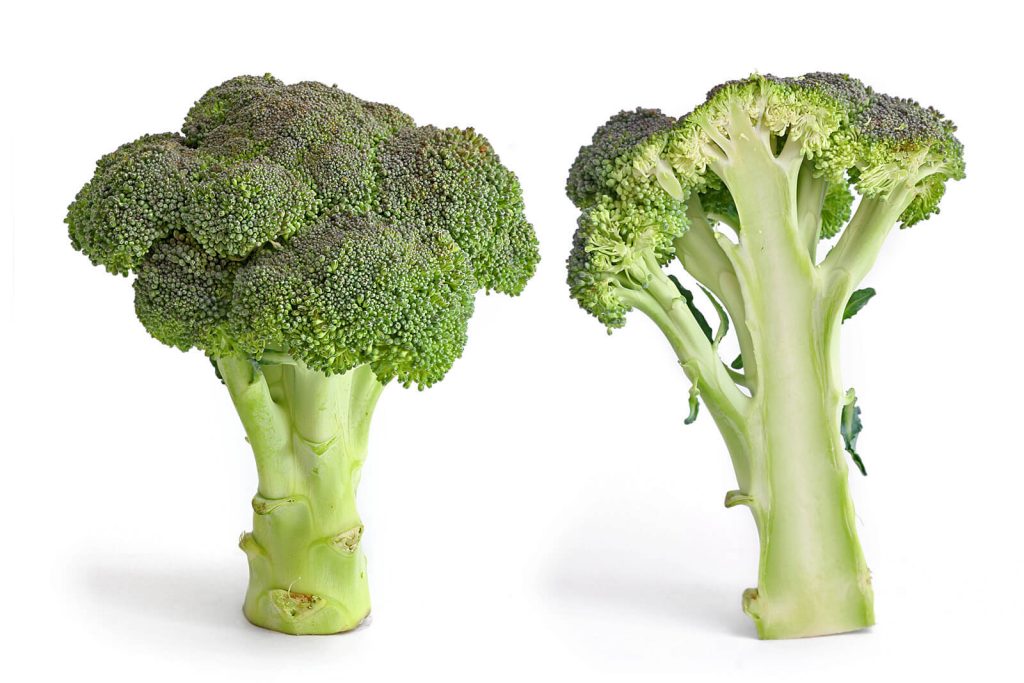
- Beans: Most varieties of beans work well in hydroponic systems, particularly bush beans, which do not require as much space as pole beans.

Herbs:
- Basil: This herb grows well in hydroponic systems and can provide a constant supply of fresh basil for your kitchen.
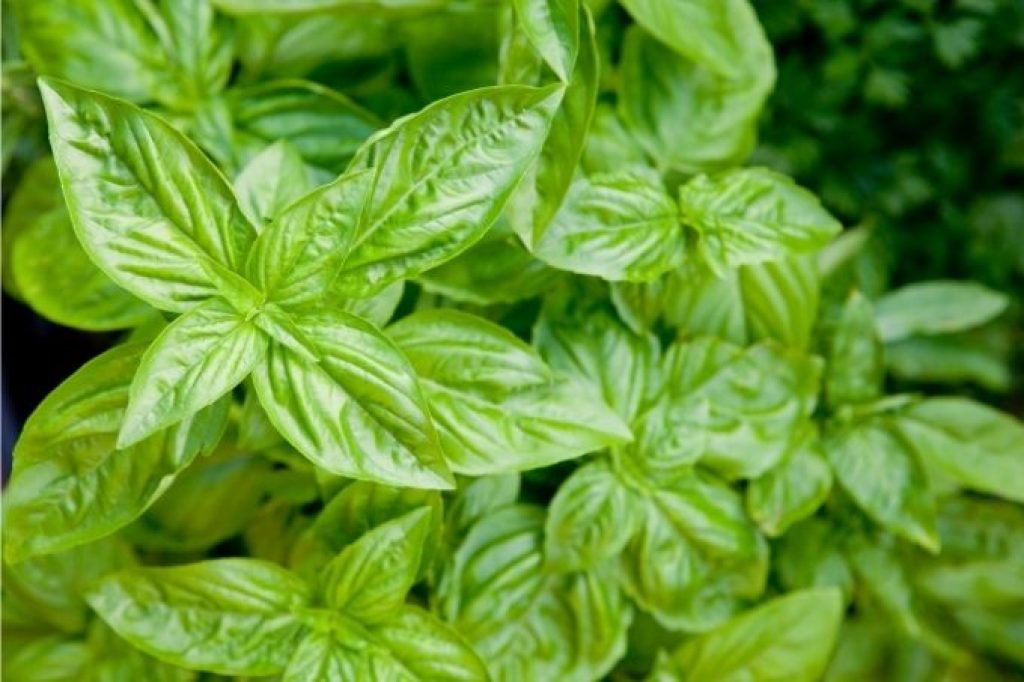
- Parsley: Parsley prefers cooler temperatures, making it an ideal herb to grow hydroponically indoors.
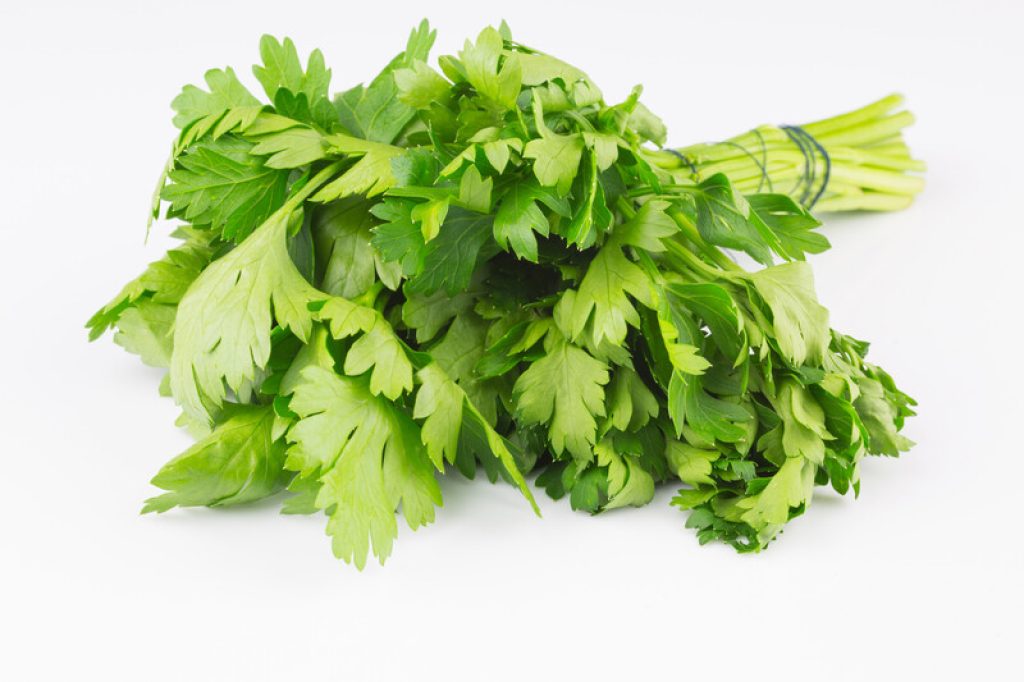
- Mint: Given its aggressive growth, mint is a good candidate for hydroponic cultivation.
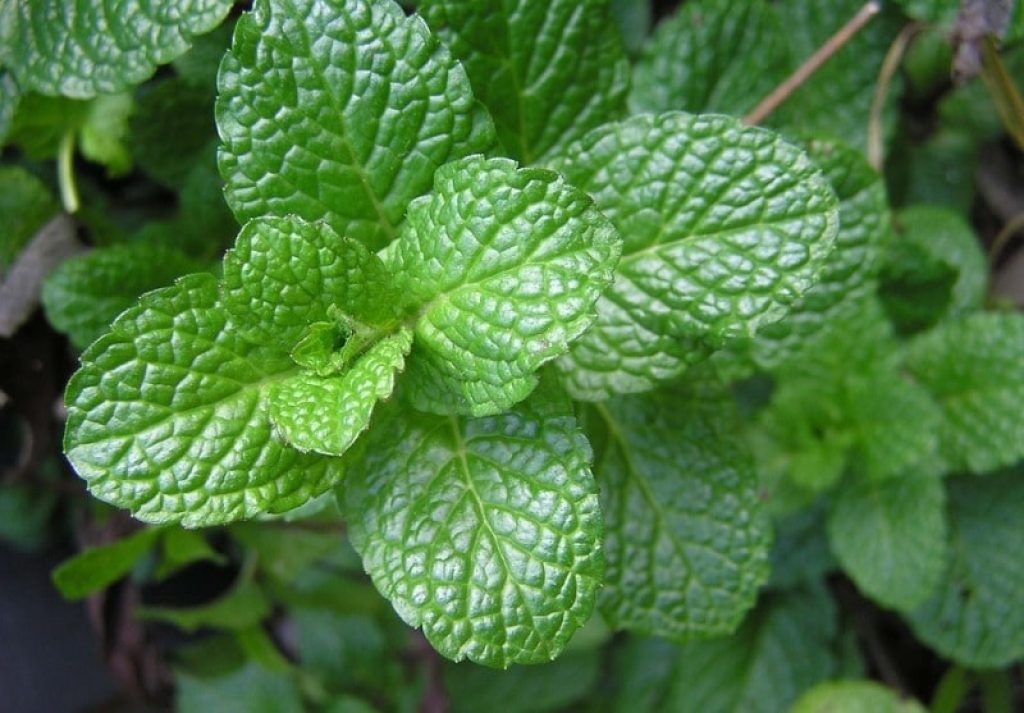
- Cilantro: This herb can be a bit more challenging to grow hydroponically due to its shorter life cycle, but it is certainly doable.
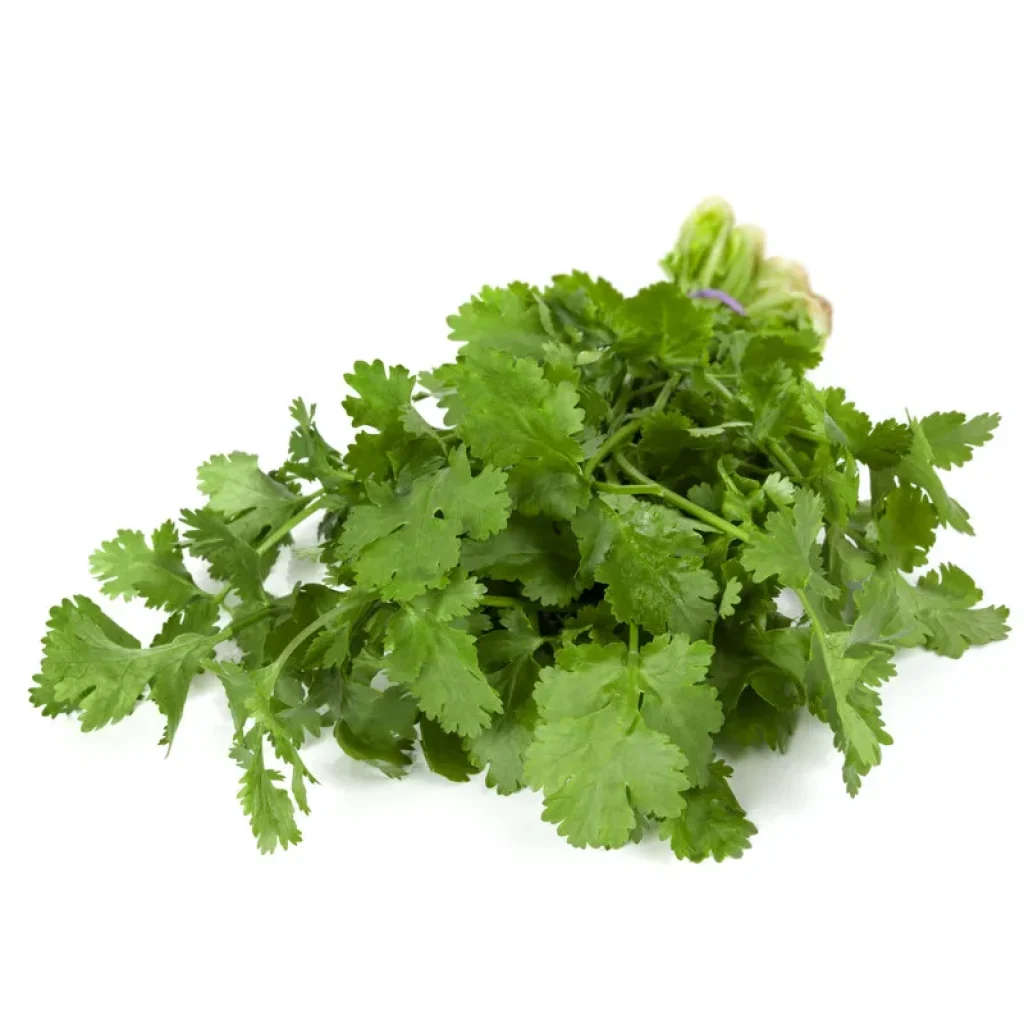
- Dill: Dill does well in a hydroponic environment, especially if you can give it ample light.

- Chives: These are relatively easy to grow and do well in hydroponic systems.
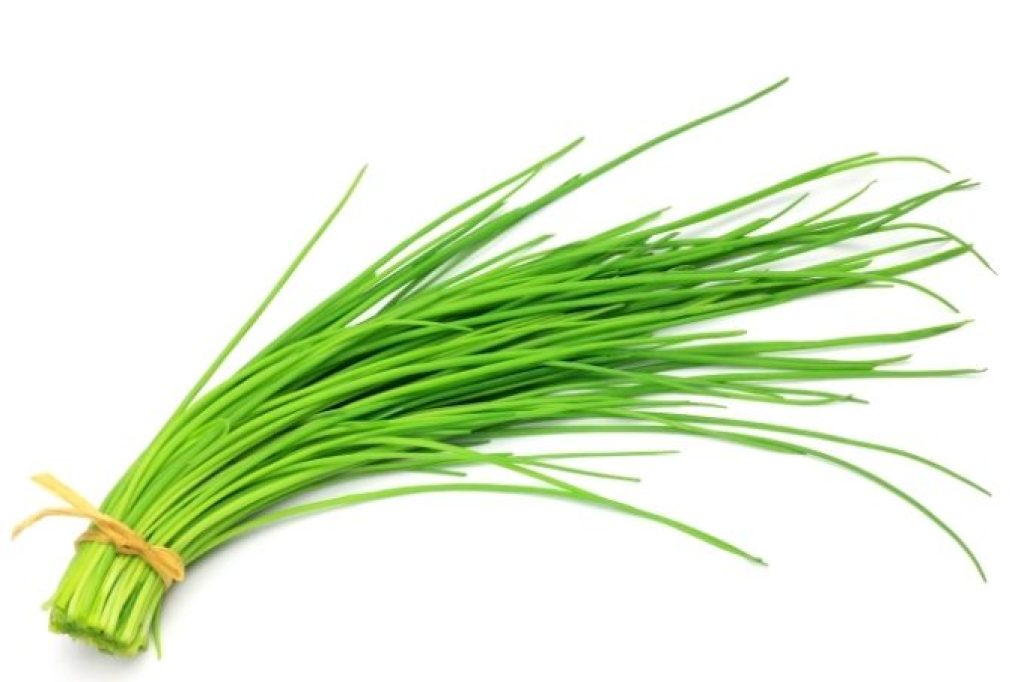
- Thyme: Thyme requires little maintenance and grows well in a hydroponic setup.
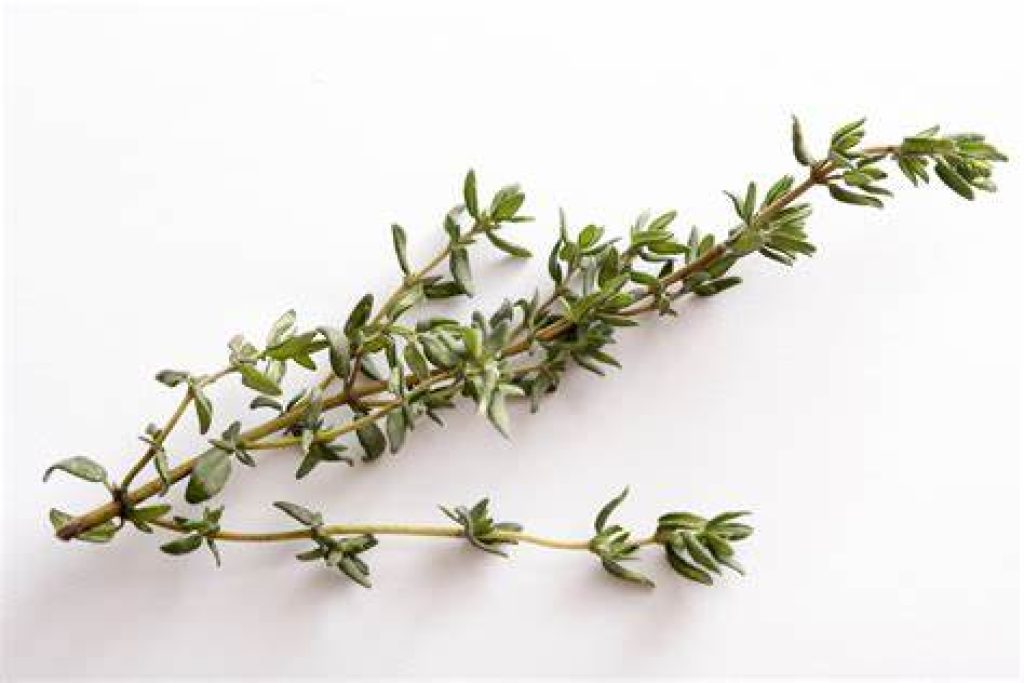
- Oregano: Oregano is another low-maintenance herb ideal for hydroponic gardening.
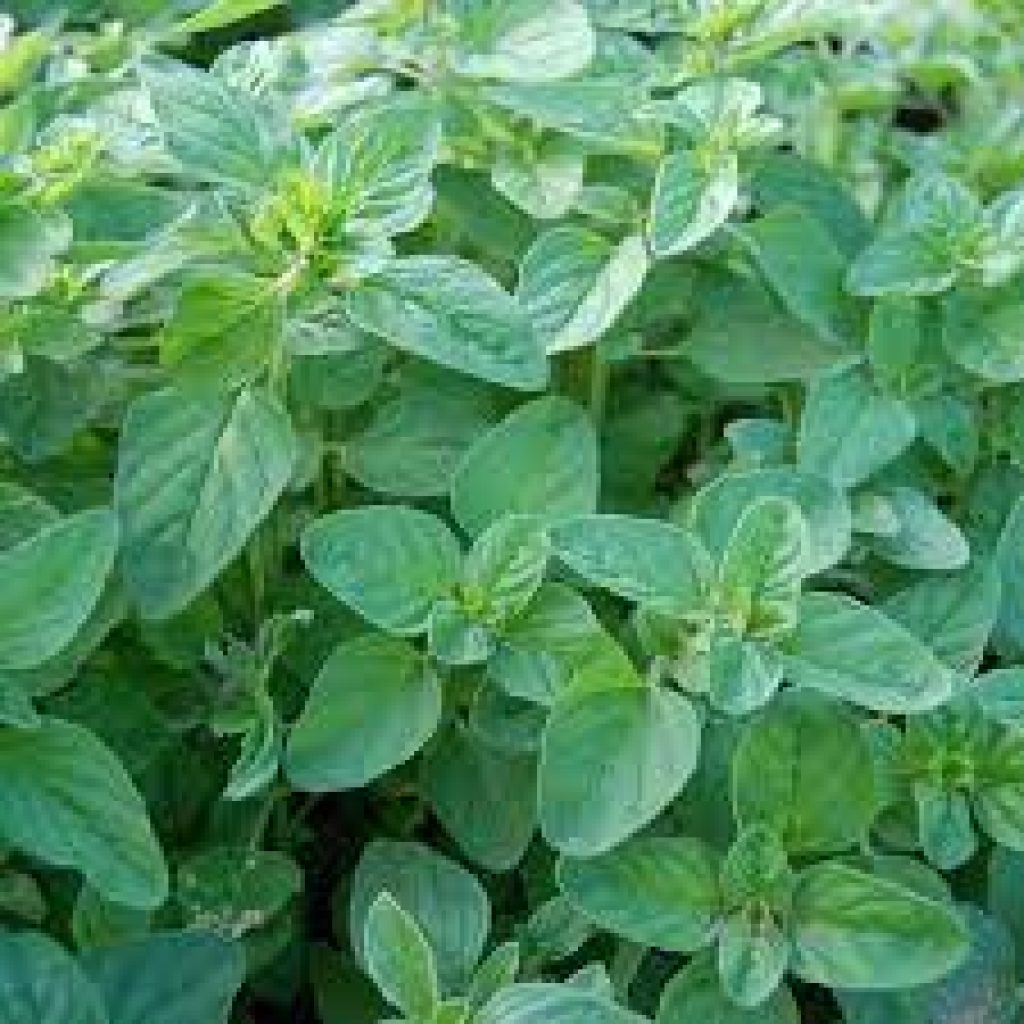
Fruits:
- Strawberries: These berries do very well in a hydroponic environment. The vertical hydroponic system is ideal for strawberries.

- Blueberries: While a bit more challenging due to their specific pH and nutrient requirements, it is possible to grow blueberries hydroponically.
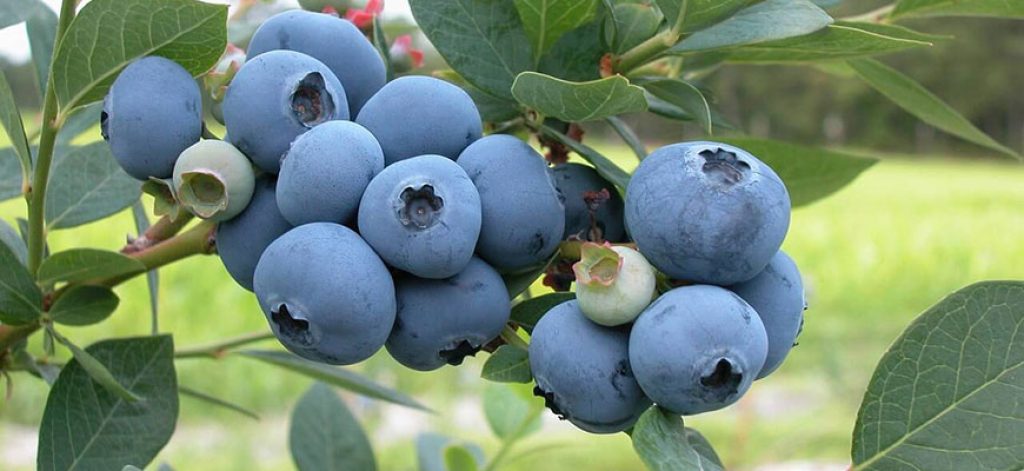
- Pineapple: It’s possible to grow pineapple plants in a hydroponic system, but it takes time.
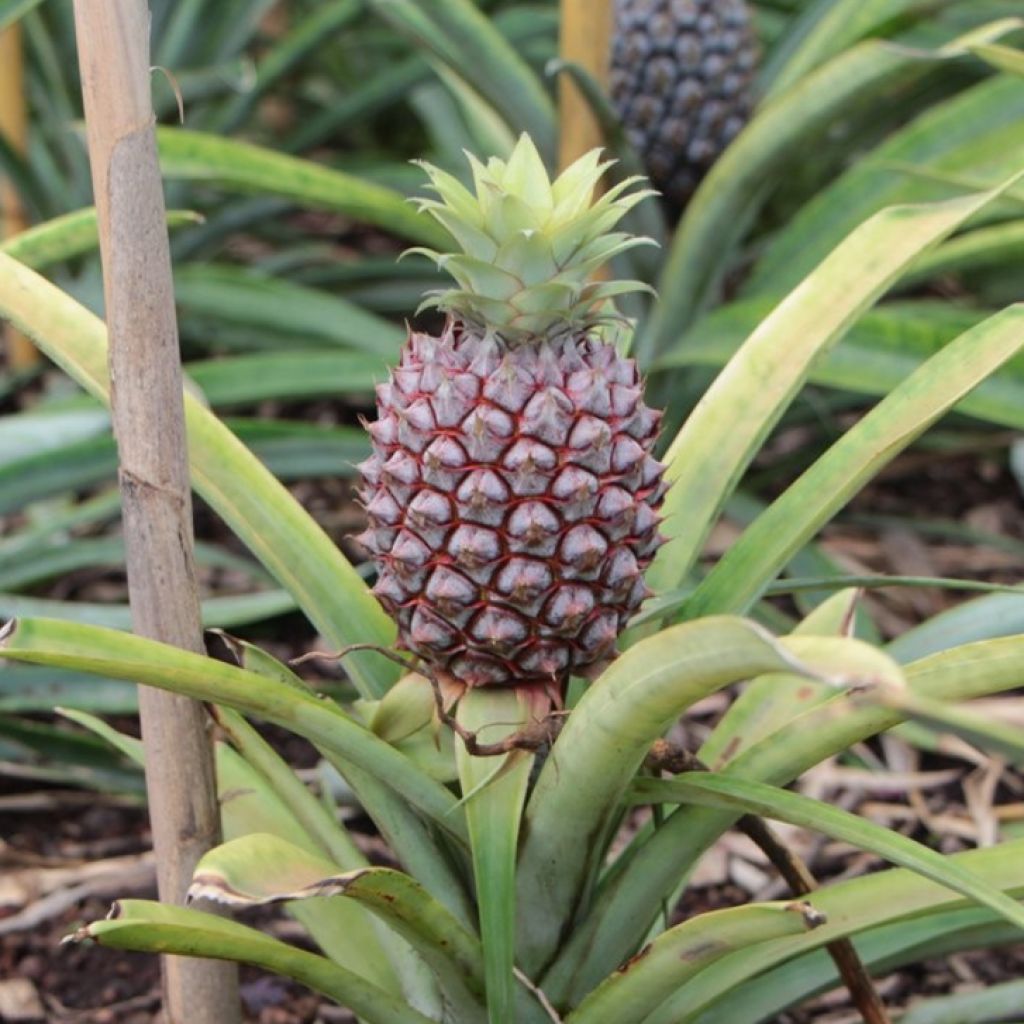
- Grapes: These are challenging to grow but can be very rewarding.
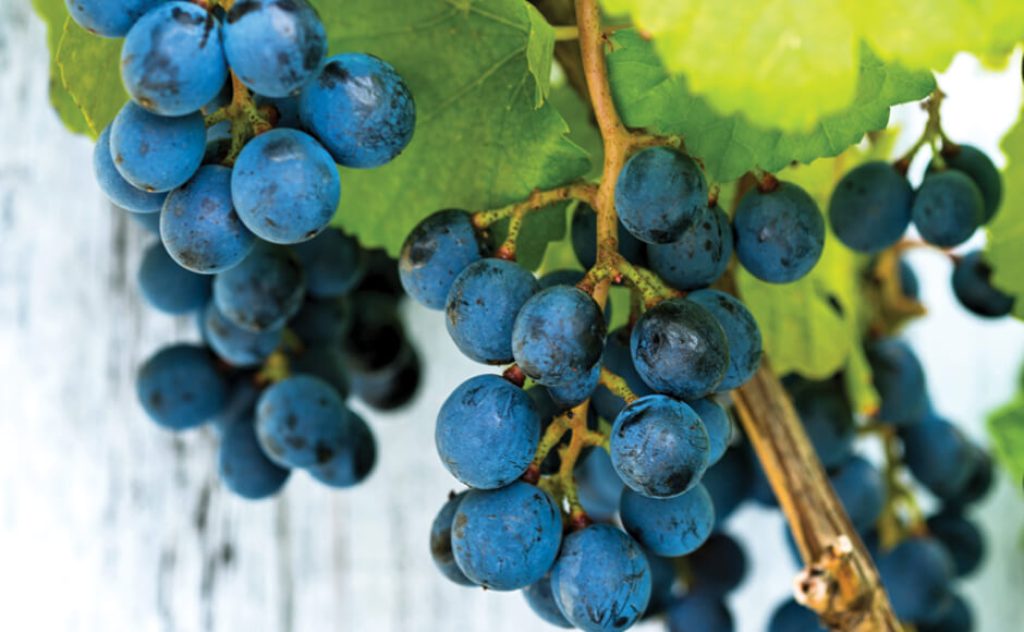
- Kiwis: These require a bit more maintenance but can be grown in hydroponic systems.

- Figs: Especially the “Petite Negra” variety, which stays small.
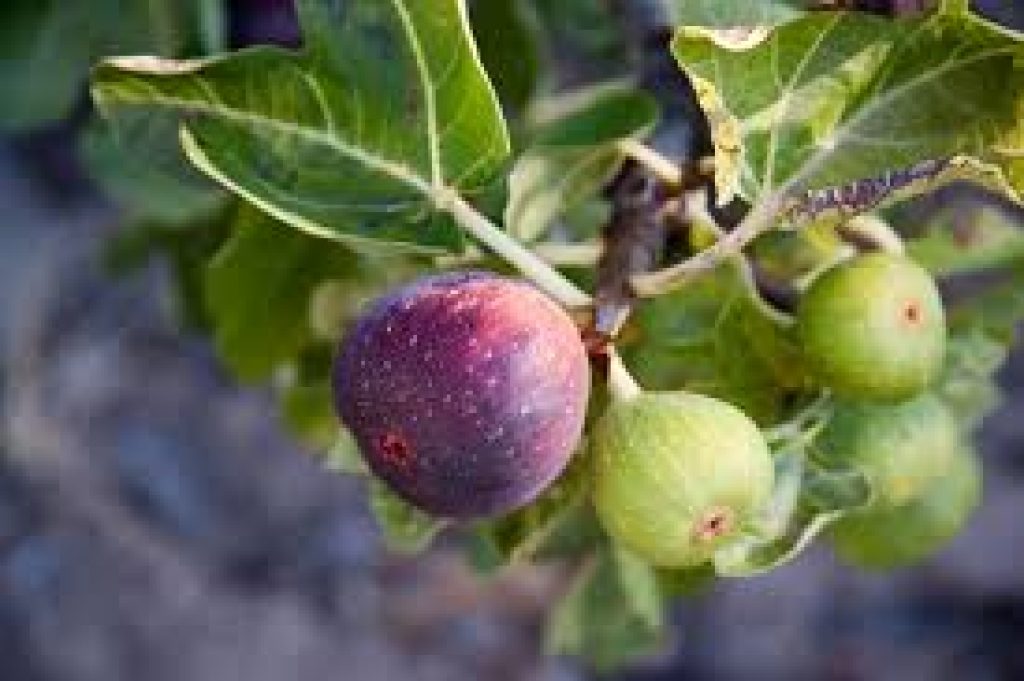
- Pomegranates: Dwarf varieties can be grown with hydroponics.

- Lemons: Dwarf varieties of lemon trees can be grown hydroponically.
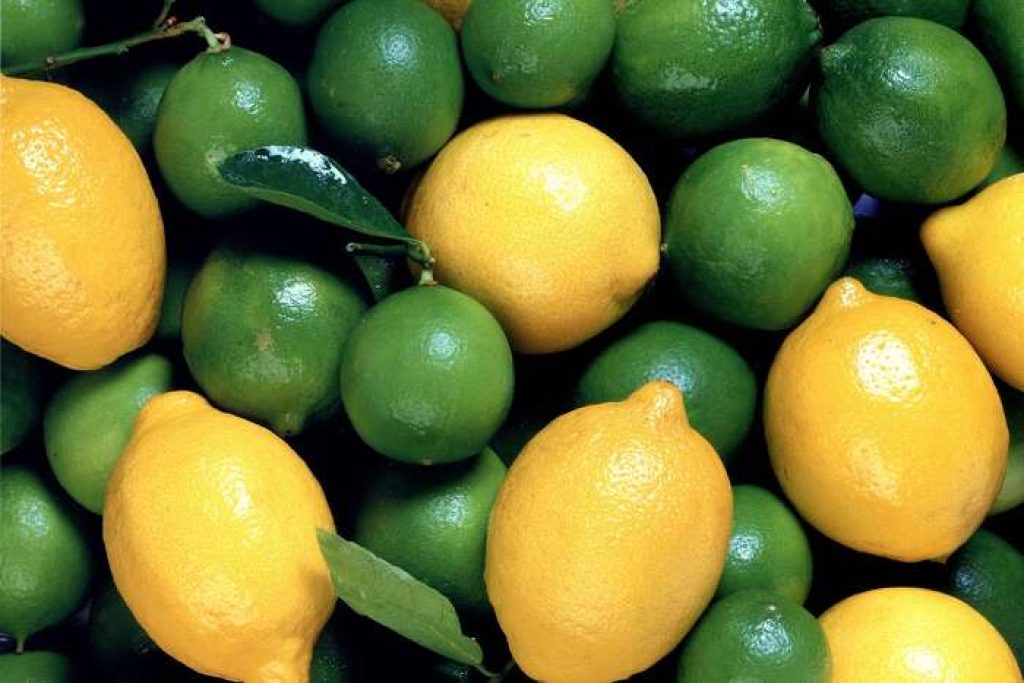
- Watermelon: Watermelons need a lot of nutrients and space but can be grown hydroponically.

- Cantaloupe: A bit more challenging, but they can be successfully grown in a hydroponic system.

- Raspberries: These can also be successfully grown hydroponically, although they require a bit more care.
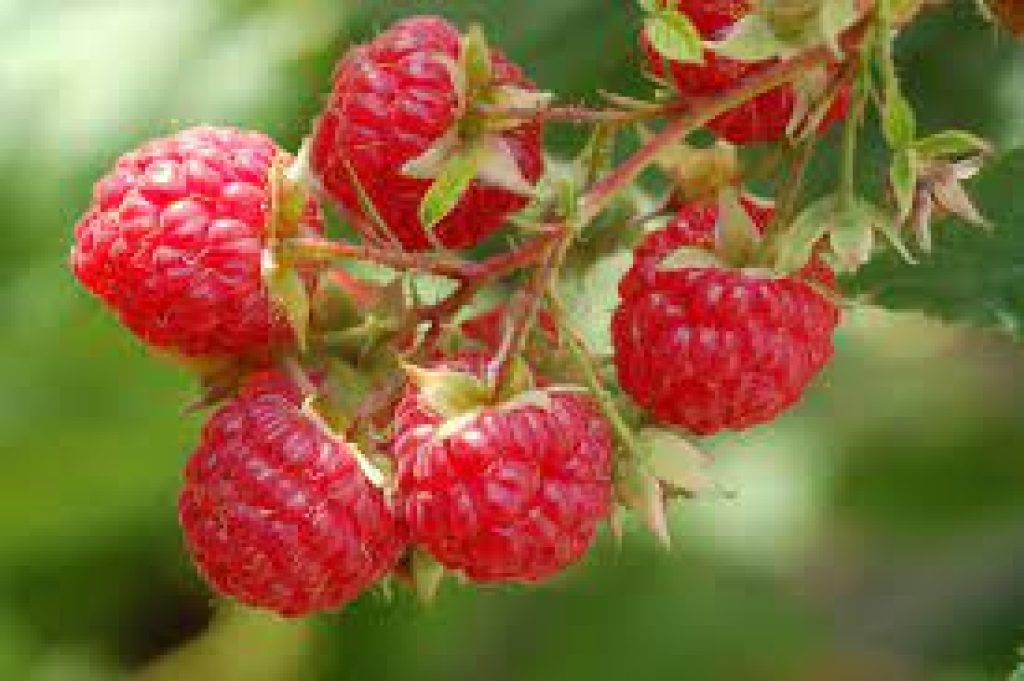
- Dragon fruit: also known as pitaya, can indeed be grown hydroponically, although it’s a bit more challenging compared to other fruits.
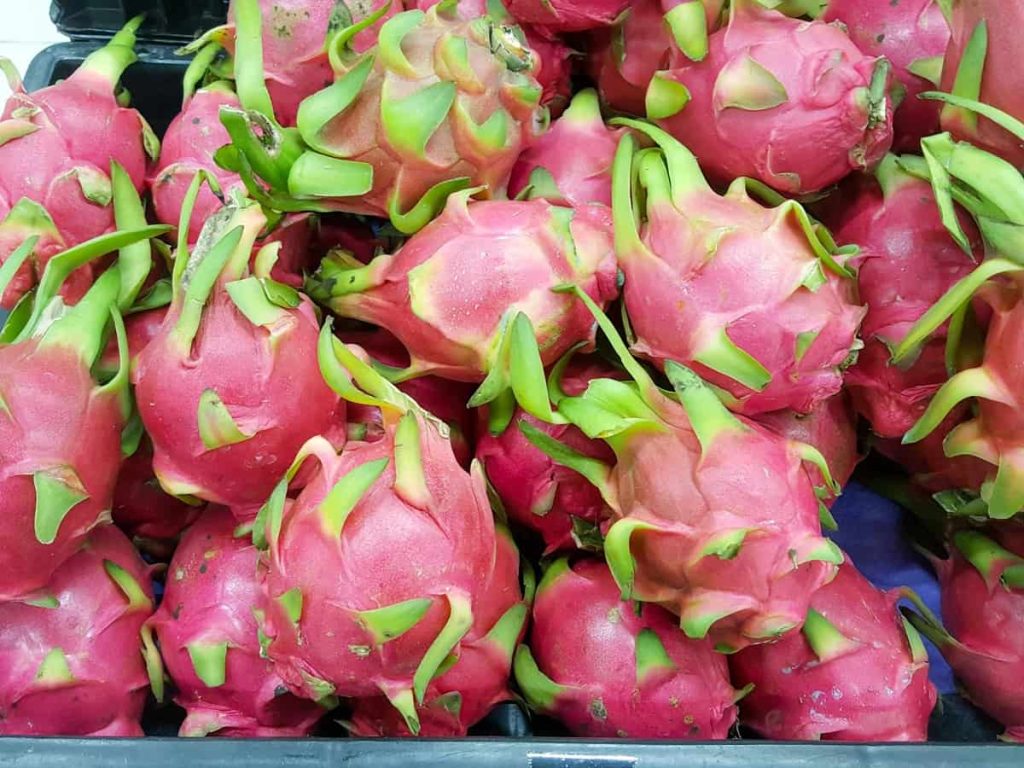
Remember, each plant species has specific light, temperature, and nutrient needs, so be sure to look into the requirements for each plant you decide to grow. Hydroponics is a rewarding way to garden indoors and allows you to enjoy fresh produce year-round.
Different Types of Hydroponic Systems
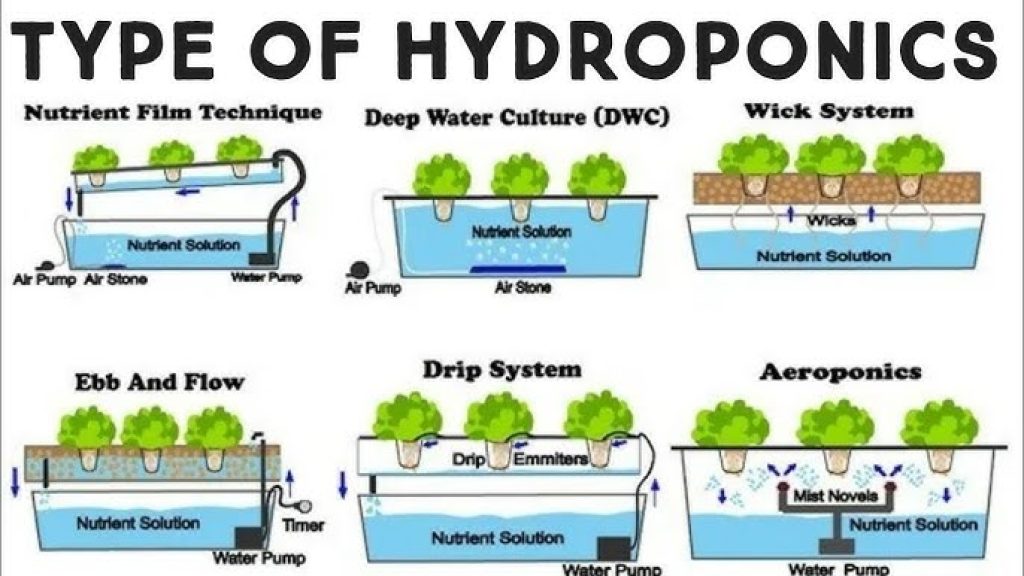
When it comes to hydroponic gardening, there are various systems to choose from, each offering its own unique benefits. One of the most popular systems is the nutrient film technique (NFT), where a thin film of nutrient-rich water flows over the plant roots, providing them with the necessary nutrients. Another common system is the deep water culture (DWC), where the plant roots are submerged in a nutrient solution. This system is simple to set up and maintain, making it ideal for beginners. Aeroponics, on the other hand, involves suspending the plant roots in the air and misting them with a nutrient solution. This system allows for maximum oxygenation of the roots, promoting faster growth and healthier plants. These are just a few examples of the many hydroponic systems available. Each system has its own advantages and considerations, so it’s important to choose the one that best fits your needs and resources.
Choosing the Right Plants for Hydroponic Gardening
Not all plants are suitable for hydroponic gardening. Some plants thrive in this soilless environment, while others may struggle to adapt. Leafy greens such as lettuce, spinach, and kale are excellent choices for hydroponic gardening, as they have shallow root systems and grow quickly. Herbs like basil, mint, and parsley are also well-suited for hydroponics due to their compact size and high demand. Tomatoes, cucumbers, and peppers are popular choices among hydroponic gardeners who want to grow larger fruiting plants. Strawberries, with their trailing growth habit, can also be successfully grown in hydroponic systems. When selecting plants for your hydroponic garden, consider factors such as the plants’ growth requirements, space availability, and your personal preferences. With the right plants, you’ll be able to enjoy a bountiful harvest of fresh, homegrown produce.
Nutrient Solutions and pH Levels for Hydroponic Plants
In hydroponic gardening, plants rely on nutrient solutions to obtain the necessary elements for growth. These solutions are carefully formulated to provide the right balance of essential nutrients, including nitrogen, phosphorus, and potassium, as well as trace elements like iron, calcium, and magnesium. It’s important to monitor the nutrient levels regularly and adjust the solution accordingly to ensure optimal plant health. The pH level of the nutrient solution also plays a crucial role in nutrient uptake. Most plants prefer a slightly acidic pH range between 5.5 and 6.5. To maintain the appropriate pH level, you can use pH adjustment solutions or additives. Regular monitoring of the nutrient solution’s pH and composition will help you ensure that your plants receive the nutrients they need to thrive.
Read more about: Hydroponic pH Levels: Key Tips and Best Practices
Read more about: Nutrient for Hydroponics: The Ultimate Guide
Maintaining Proper Lighting and Temperature for Indoor Hydroponic Gardens
Lighting and temperature are two vital factors that contribute to the success of your indoor hydroponic garden. Since plants in hydroponic systems don’t have access to natural sunlight, it’s important to provide them with artificial light sources. LED grow lights are a popular choice among hydroponic gardeners due to their energy efficiency and ability to provide the appropriate light spectrum for plant growth. The intensity and duration of light exposure should mimic natural sunlight, with most plants requiring 14-16 hours of light per day. Additionally, maintaining the right temperature is crucial for plant growth. Most plants thrive in temperatures between 65-75°F (18-24°C). Proper ventilation and air circulation can help regulate the temperature and prevent heat buildup. By paying attention to lighting and temperature, you’ll create an ideal environment for your hydroponic plants to flourish.
Read more about: Mastering Hydroponic Lighting Techniques: The Ultimate Guide
Common Challenges and Troubleshooting in Hydroponic Gardening
While hydroponic gardening offers many benefits, it also comes with its fair share of challenges. One common issue is nutrient deficiency or overfeeding, which can lead to stunted growth or nutrient burn respectively. Monitoring the nutrient levels and maintaining a proper balance is essential to avoid these problems. Another challenge is root rot, which occurs when the roots are constantly submerged in water without enough oxygen. Proper aeration and ensuring adequate drainage can help prevent root rot. Pest infestations can also be a concern in hydroponic systems. Regularly inspecting the plants and implementing preventive measures, such as using beneficial insects or organic pest control methods, can help keep pests at bay. By being aware of these common challenges and implementing appropriate solutions, you’ll be able to overcome any hurdles in your hydroponic gardening journey.
Tips for Maximizing Productivity and Yield in Hydroponic Gardens
To maximize productivity and yield in your hydroponic garden, there are several tips and techniques you can employ. Firstly, pruning and training your plants can help promote better airflow and light penetration, leading to healthier and more abundant growth. Removing any dead or damaged leaves also ensures that the plant’s energy is directed towards productive growth. Secondly, maintaining a consistent nutrient solution and pH level is crucial for optimal plant health. Regularly monitoring and adjusting the nutrient levels and pH will help ensure that your plants receive the necessary elements for growth. Additionally, implementing a proper lighting schedule and ensuring adequate light intensity will help stimulate plant growth and productivity. Finally, regularly cleaning and maintaining your hydroponic system will prevent the buildup of algae, bacteria, and other contaminants that can hinder plant growth. By following these tips, you’ll be able to maximize the productivity and yield of your hydroponic garden.
Popular Hydroponic Plant Varieties to Consider for Your Indoor Garden
When it comes to choosing plants for your hydroponic garden, there are numerous options to consider. Some popular choices include lettuce varieties such as romaine, butterhead, and leaf lettuce, which are known for their fast growth and high nutritional value. Herbs like basil, cilantro, and chives are also excellent choices, as they add flavor to your dishes and are relatively easy to grow. If you’re looking to grow fruiting plants, tomatoes, cucumbers, and peppers are popular options that can thrive in hydroponic systems. Strawberries, with their sweet and juicy fruits, are another great choice for hydroponic gardening. Additionally, microgreens and sprouts are becoming increasingly popular due to their high nutritional value and quick turnaround time. Consider your preferences and growing conditions to select the best plant varieties for your hydroponic garden.
Conclusion and Final Thoughts on Hydroponic Plants
In conclusion, hydroponic gardening offers a revolutionary solution for indoor gardening enthusiasts. With its numerous advantages, including year-round growth, higher yields, and reduced water usage, hydroponics is an excellent option for those looking to grow their own fresh produce. By understanding the different types of hydroponic systems, gathering the necessary equipment and supplies, and selecting the right plants, you’ll be well on your way to setting up a successful hydroponic garden. Remember to monitor and adjust the nutrient solutions and pH levels, maintain proper lighting and temperature, and troubleshoot common challenges that may arise. By following these guidelines and incorporating tips for maximizing productivity, you’ll be able to enjoy a bountiful harvest of homegrown, nutrient-rich produce. So, why wait? Start your hydroponic gardening journey today and experience the joy of growing your own plants, right from the comfort of your home!
FAQ
Which indoor plants thrive when grown hydroponically?
Several indoor plants can be grown hydroponically. Some popular options include:
1. Herbs: Basil, mint, parsley, cilantro
2. Leafy greens: Lettuce, spinach, kale, arugula
3. Tomatoes
4. Peppers
5. Cucumbers
6. Strawberries
7. Chives
8. Oregano
These plants grow well in hydroponic systems and can thrive without soil, making them excellent choices for indoor gardening. Make sure to provide proper lighting, nutrients, and water to ensure healthy growth.
What types of plants are best for growing hydroponically?
Plants that are best for growing hydroponically are typically those that thrive in a soilless environment and have shallow root systems. Here are some common plants that do well in hydroponic systems:
1. Leafy greens such as lettuce, kale, spinach, and Swiss chard
2. Herbs like basil, mint, cilantro, and parsley
3. Strawberries
4. Tomatoes
5. Cucumbers
6. Peppers
These plants are known to adapt well to hydroponic systems and can produce good yields when grown using this method.
Which three plants should be avoided in hydroponic systems?
Three plants that are generally not recommended for hydroponic systems are oak trees, ferns, and succulents. These plants have specific growing requirements that are challenging to meet in a hydroponic setup, making them less suitable for this type of cultivation. It is important to choose plants that are well-suited for hydroponic environments, such as leafy greens, herbs, and certain fruiting crops like tomatoes and peppers.
What is the most profitable plant to grow hydroponically?
Tomatoes are often considered one of the most profitable plants to grow hydroponically due to their high demand and relatively high market price. Other profitable hydroponic crops include herbs like basil, leafy greens such as lettuce and kale, and specialty crops like microgreens. The profitability of a specific plant may depend on various factors such as market demand, local climate, and production costs.
What cannot be grown hydroponically?
Hydroponic growing can be used for a wide variety of plants, but some plants may not grow as well hydroponically or may require specific conditions that are difficult to replicate in a hydroponic system. For example, some root vegetables like carrots and potatoes may not thrive in a hydroponic setup because they require a lot of space for their roots to grow. Additionally, some plants that have complex growing requirements or long maturation periods may be more challenging to grow hydroponically.
What is the easiest plant to grow hydroponically?
One of the easiest plants to grow hydroponically is lettuce. Lettuce is a popular choice for beginners in hydroponic gardening because it has a relatively short growing cycle, requires minimal maintenance, and thrives in hydroponic systems. Other easy plants to grow hydroponically include herbs like basil, mint, and cilantro.
